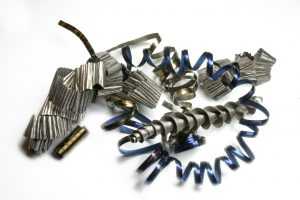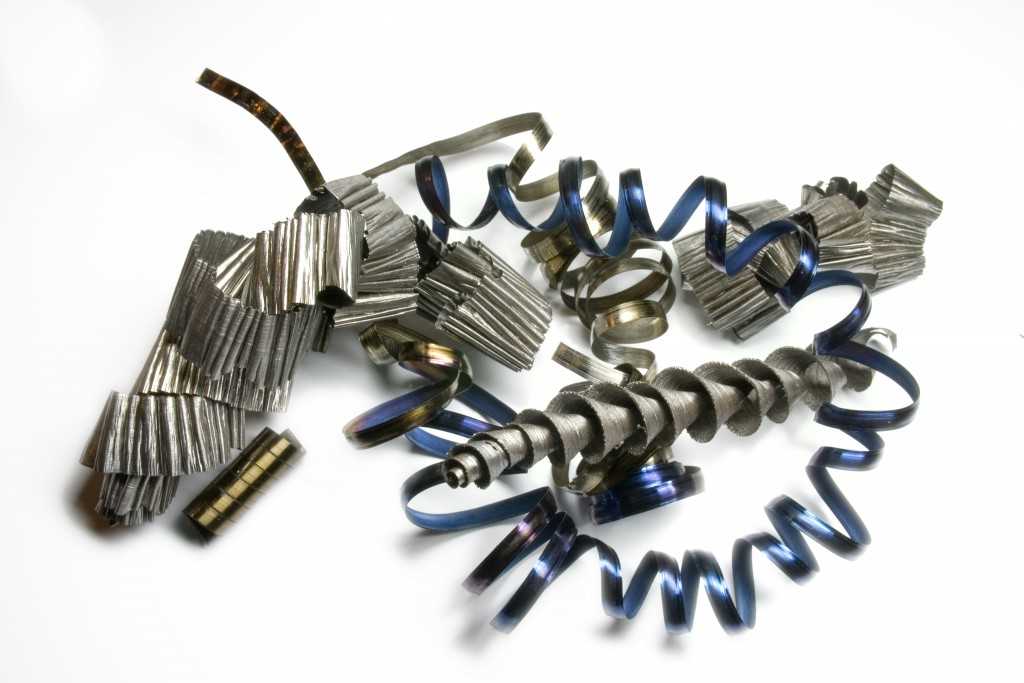Disclaimer: This website provides health information for educational purposes only and is not a substitute for professional medical advice, diagnosis, or treatment. Always seek the guidance of a qualified healthcare provider with any questions you may have.
 One of the lesser known engineering sectors that help car manufacturers in the supply of laminated steel products is the converter industry. They convert continuous steel strips into various finished products like metal labels to be used by other manufacturers.
One of the lesser known engineering sectors that help car manufacturers in the supply of laminated steel products is the converter industry. They convert continuous steel strips into various finished products like metal labels to be used by other manufacturers.
Using traditional pancake coils for this process nears its end with the arrival of oscillated wound coils. Learn how oscillated wound coils can benefit the converting industry:
Traditional Steel Coils: The Con
Traditional steel pancake coils have been around for a long time. These are steel coils that have been wound in single row configuration, forming a thin coil of steel strips resembling a pancake. One of the major issues with a pancake configuration is that it takes up too much space when shipped. While such space may be minuscule, it matters when shipping thousands of pancake coils.
Oscillated Coils: The Pro
With an oscillated wound coil, more steel strips can take up the same amount of space occupied by pancake coils. They are secured by high-tensile steel strapping, which X-Pak describes as a heavy-duty option proven to perform well in the most demanding conditions.
Securing them with such strapping is highly critical as each steel band can average at several hundred kilograms. Using this strong steel strapping material, oscillated wound coils are locked in place.
The Result: Increased Productivity
With traditional pancake coils, you have to reload when the coil is fully depleted. With an oscillated wound coil, you get longer coils for each strand, reducing the need for coil changes. The total continuous length for each metal strip can dramatically increase your productivity.
Many converting companies now utilise oscillated wound steel coils in manufacturing finished metal products. With the availability of high-carbon steel strapping materials, you get more footage for each coil compared to traditional packing methods. This strong strapping material also allows these heavy coils to be secured and locked in place for safe transportation.




